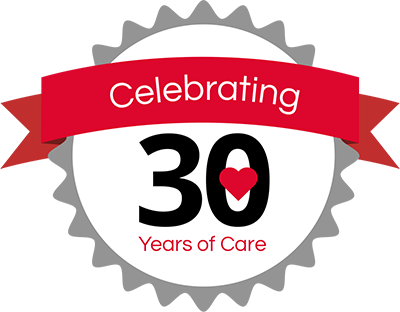Swim? It’s almost December! Even for those of us who live in Florida, we know it’s often too cold to go swimming outdoors this late in the year. But did you know that swimming provides an excellent and safe workout for older adults? Read on to see the benefits and why it’s worth finding the nearest indoor pool, no matter where you live.
Table of Contents
Benefits of swimming
WebMD indicates, ” ‘It’s clear that aqua aerobics or water-based activities provide significant benefits for older adults, including increasing metabolism,’ says Wojtek Chodzko-Zajko, PhD, head of the department of kinesiology at the University of Illinois at Urbana-Champaign. At his former post at the University of Alabama, he led research for 15 years that looked into the effects of physical activity (both on land and in water) among older adults.
In addition to increasing metabolism, Chodzko-Zajko says physical activity in general improves cardiovascular health, increases strength, slows down age-related loss of muscle mass, and the decrease of reaction time that comes with getting older.”
One of the biggest advantages of swimming is that gravity isn’t involved, which is good news for people who have balance issues, arthritis or any joint concerns. Some of the other benefits include:
Water supports the body. As mentioned, this relieves any pressure that might be felt while being active on land. While in the water, you also feel 90% lighter than normal!
Buoyancy allows arthritis patients to get a good workout. As much as the pain of arthritis makes some of us feel as though we don’t want to move ever again, studies have proven that the more active we are, the more we build supporting muscles around our damages joints (especially hips and knees) and the lesser impact of the exercise, the better it is for anyone with arthritis.
Organized water activities burn calories. Although it may not feel like it for those of us who have exercised regularly in the past, swimming is a good workout and will help you maintain or get to your optimum weight.
Reduces fall risk. But how can I fall if I’m in the water? Exactly! With balance issues increasing as we age, a fear of falling, especially while exerting oneself is a real factor. Once in the water, the fear of falling dissolves and we’re able to improve our health in a safe way.
Water resistance builds muscle. As older adults, we may not be as concerned with “building muscle” as we were when we were young. But healthy muscles support our frames and help to give us better balance and endurance.
Improves our cardiovascular health. A healthy heart and cardiovascular system is one of the most important functions to retain our health and longevity. Activity that slightly elevates our heart rate for 20 minutes a day, strengthens our heart and the good news is that in a pool, you won’t feel sweaty.
Being in a pool in fall and winter time feels like a vacation. Who doesn’t need a mental break from the darkness and colder weather? Getting into a pool in a well-lit space reminds us of summer, and of vacations. This emotional lift of performing a “summer” activity in the cold months can provide a much needed emotional lift.
Getting out during limited daylight hours and taking in a little bit of sun (especially in a heated pool), while exercising, can also be helpful in treating Seasonal Affective Disorder.
But actual swimming?

Swimming laps is certainly one way to stay fit and take advantage of all the above benefits. But even if you aren’t athletic or if you don’t want to be limited to “swimming laps”, there are many water activities and exercises that will provide similar benefits:
Aqua Fit Classes. Many clubs and gyms have Aqua Fit classes that you can take and the instructors are specially trained in water exercise. Be sure to let the instructors know if you have health issue or injuries.
Aquatic Treadmills. Some senior’s centers that have pools will have accessible underwater treadmills. These are used for walking, just like their land-based counterparts. They provide a gravity-free way to walk in a controlled environment and reduce risks of falling.
Standing PushUps. Standing at the edge of the pool, take one step back, placing your hands in front of you, shoulder width apart. Bending your arms, lower yourself forward towards the edge of the pool, then back to a standing position. The resistance will do the rest.
Aqua Jogging or Walking Laps. If no underwater treadmill is available at your pool, you can still walk, or jog the circumference of the pool (or the shallow end of the pool). Moving your arms through the water as you go will increase resistance and increase the cardiovascular benefits.
Wrap Up
Getting exercise is beneficial to all of us, physically and mentally and the advantages of water activity are numerous. Be sure to speak with your physician before implementing a new exercise routine, even something as gentle as swimming, aqua-fit or other water activities.
~ ~ ~
Do you have questions about how you can better support your loved one while they age in place in South Florida or regarding homecare in general? Please contact CareGivers of America here: Contact or call us toll free: 800-342-4197
*No information in this article is to be taken as advice, medical or otherwise. This post is not sponsored, but may contain external links to websites, articles or product examples. External links are used for example or refence purposes only and these links do not indicate specific product or website endorsement by CareGivers of America.



